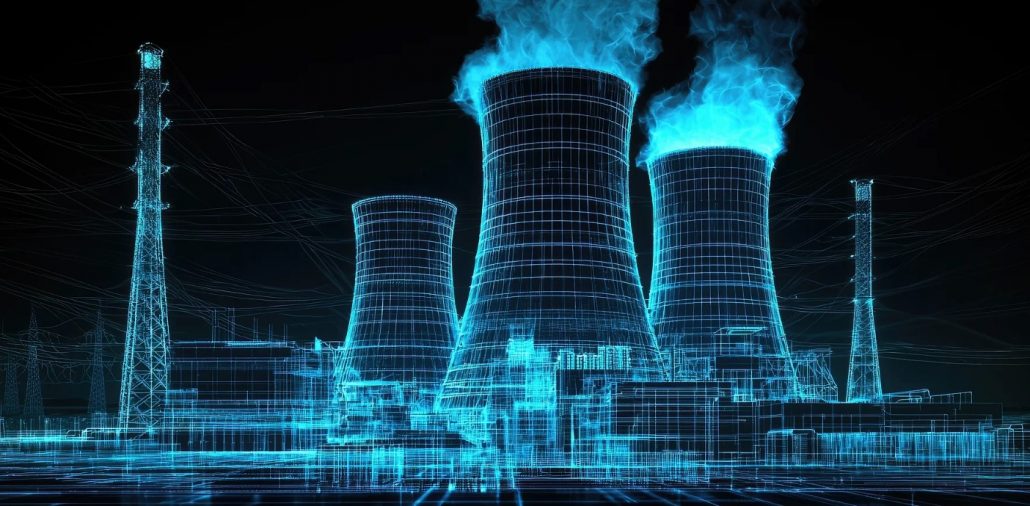
Financial Barriers to New Nuclear Projects in Europe
Building new nuclear reactors in Europe remains financially unviable for most utilities due to high construction costs and financial risks. A report by S&P Global Ratings estimates that new nuclear plants cost over €10 million per megawatt, with total investments for a typical pair of European Pressurized Reactors (EPRs) reaching €50 billion. These costs are five times higher than the largest offshore wind projects, making nuclear energy a significant financial burden, except for a few energy giants like EDF. Ongoing issues such as cost overruns and delays have already weakened EDF’s financial standing, as seen in Hinkley Point C (UK) and Flamanville (France). These difficulties highlight the substantial financial and operational risks of nuclear energy development.
The Strategic Importance of Nuclear in Europe’s Energy Mix
Despite financial hurdles, nuclear energy remains essential for Europe’s energy security and decarbonisation efforts. Nuclear power generates around 20% of the EU’s electricity, providing firm, low-carbon capacity. This is crucial as Europe seeks to reduce reliance on fossil fuels, particularly in light of the energy crisis following Russia’s invasion of Ukraine. Unlike natural gas, which is subject to geopolitical risks, uranium is sourced from a more stable supply chain. Additionally, nuclear energy helps balance intermittent renewables like wind and solar, playing a pivotal role in meeting Europe’s rising energy demand from industries and data centers.
Aging Nuclear Infrastructure and the Need for New Reactors
Many of Europe’s nuclear reactors are now over 40 years old, creating an urgent need for new projects. Numerous plants are set for decommissioning by 2040, posing a risk of electricity shortages as demand continues to grow. Industrial electrification and data center expansion are driving up energy needs, reinforcing the case for new nuclear reactors to replace aging infrastructure and maintain grid stability.
Government Support: Essential for Nuclear Financing
The S&P Global report underscores that no European utility can fund nuclear projects alone due to their prohibitive costs. State-backed financing models, including regulated asset base (RAB) schemes, subsidized loans, and contracts for difference (CfDs), are crucial in mitigating financial risks. Governments in countries like Czech Republic, Poland, and Slovakia are using these models to advance nuclear projects. Meanwhile, France’s ambitious nuclear expansion plans continue to face financing challenges. Despite innovative funding models, the financial burden of nuclear power remains high, making government involvement critical.
Recommissioning Old Nuclear Plants: A Possible Solution?
An alternative to building new reactors is recommissioning recently closed plants. Belgium and Spain are considering reactivating retired reactors to meet rising electricity demand. However, public opposition to nuclear power, especially in Germany, remains a major obstacle. Regulatory and political barriers further complicate this approach, making recommissioning a limited solution.
Conclusion: Nuclear Energy’s Role in Europe’s Decarbonisation Future
While high costs and complex regulations hinder new nuclear projects, nuclear power remains integral to Europe’s clean energy transition. The urgent need to replace aging reactors, combined with the push for decarbonisation, underscores nuclear’s importance. However, success depends on continued government support, innovative financing, and strong political will. The future of nuclear energy in Europe hinges on balancing substantial upfront costs with the long-term benefits of clean, reliable power.











Leave a Reply
You must be logged in to post a comment.